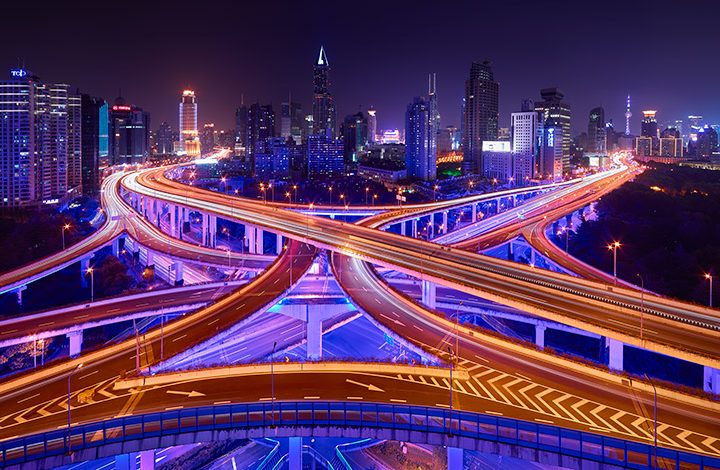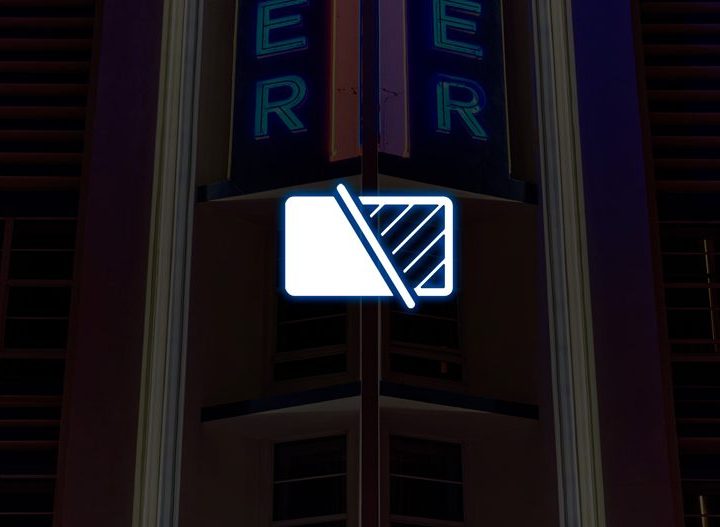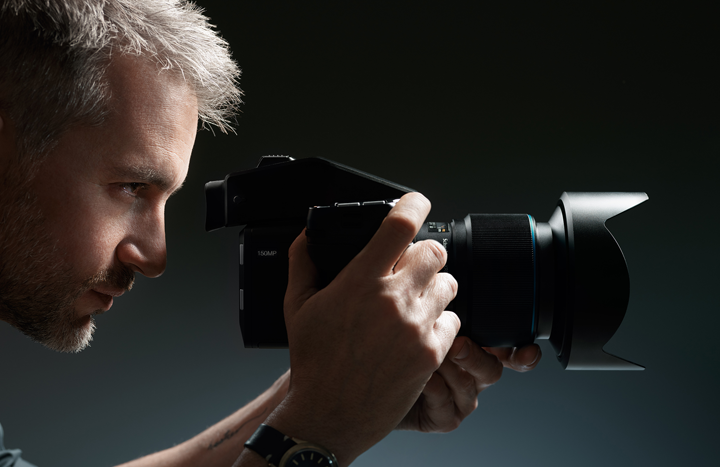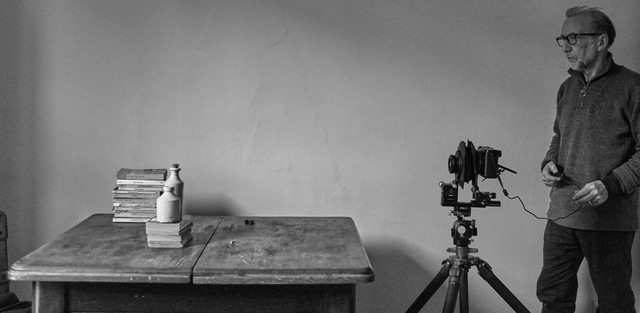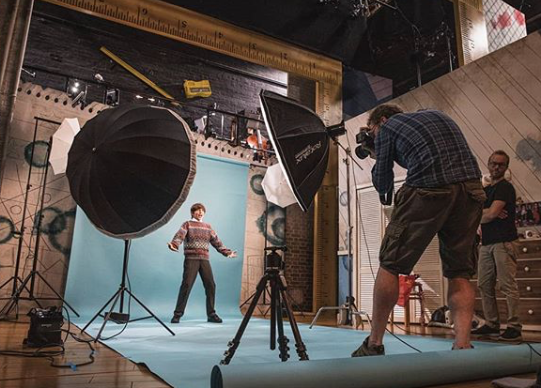
Michael Wharley works in the world of Film, Television and Theatre, and his work can be seen on posters on the Underground, outside West End theatres and in cinemas across the country.
We met Michael at the beginning of this year, and he went on to be an early adopter of the XF IQ4 150MP system. He has kindly spent the time to share with us his feedback on this transition to Phase One, how it has benefitted his work, and his thoughts on digital medium format as a whole.
Tell us about your background Michael. How did you get to where you are now as a photographer?
I went to Oxford Uni from a state school in Hull, to study English Lit, and ended up getting into drama. That took me to The Central School of Speech & Drama, and a Masters in physical theatre, followed by six brilliant years doing a lot of stage work on tour and in the West End. Well, five actually – the last year I was getting jobs but was a bit unhappy – looking for something different. That’s when I picked up a film SLR camera for the first time and began to photograph friends. I left acting in 2008, and I actually started training to be a criminal barrister, but the camera kept nagging away, so when a part-time photography course at Photofusion in Brixton came up, I couldn’t resist. It was a generalist film and darkroom course, shooting on old Pentax P5s. I turned it to portraiture at every opportunity and caught the bug in earnest.
In 2010, I went full-time, switched to digital, and gradually my focus narrowed in on actors headshots and promotional imagery for Theatre, Film & TV. For a few years the headshots dominated, as I made the move to a studio in Waterloo and steadied my professional ship. Around 2016, I began to shoot more personal work and pursue a broader variety of commissions, so that today I shoot predominantly advertising work for film, TV, theatre and music clients, alongside promotional portraiture for actors, musicians, comedians, and writers. And of course, projects for me.
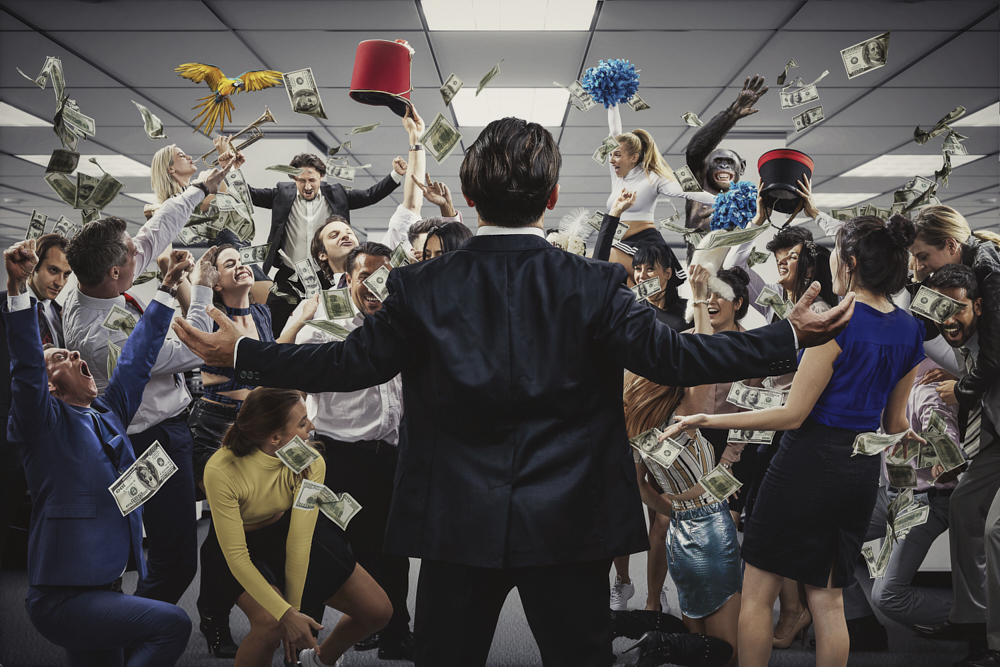
What are your objectives and inspirations as a photographer?
I’m most interested in story. The actual narrative that needs to be told in an image to sell the show or film at hand, or a slightly more abstract story – what’s the feeling or idea you want a viewer to take from a shot? What is your take on the person you’re shooting? I love the feel for people you get from classic portraitists like Irvin Penn, and I can’t get enough of the uncanny tales in the photographs of photographers like Gregory Crewdson or Alex Prager. But the way someone like Saul Leiter used abstract colour to communicate an idea or narrative seems just as eloquent. Story affects everything about how I work: planning, shooting and editing.
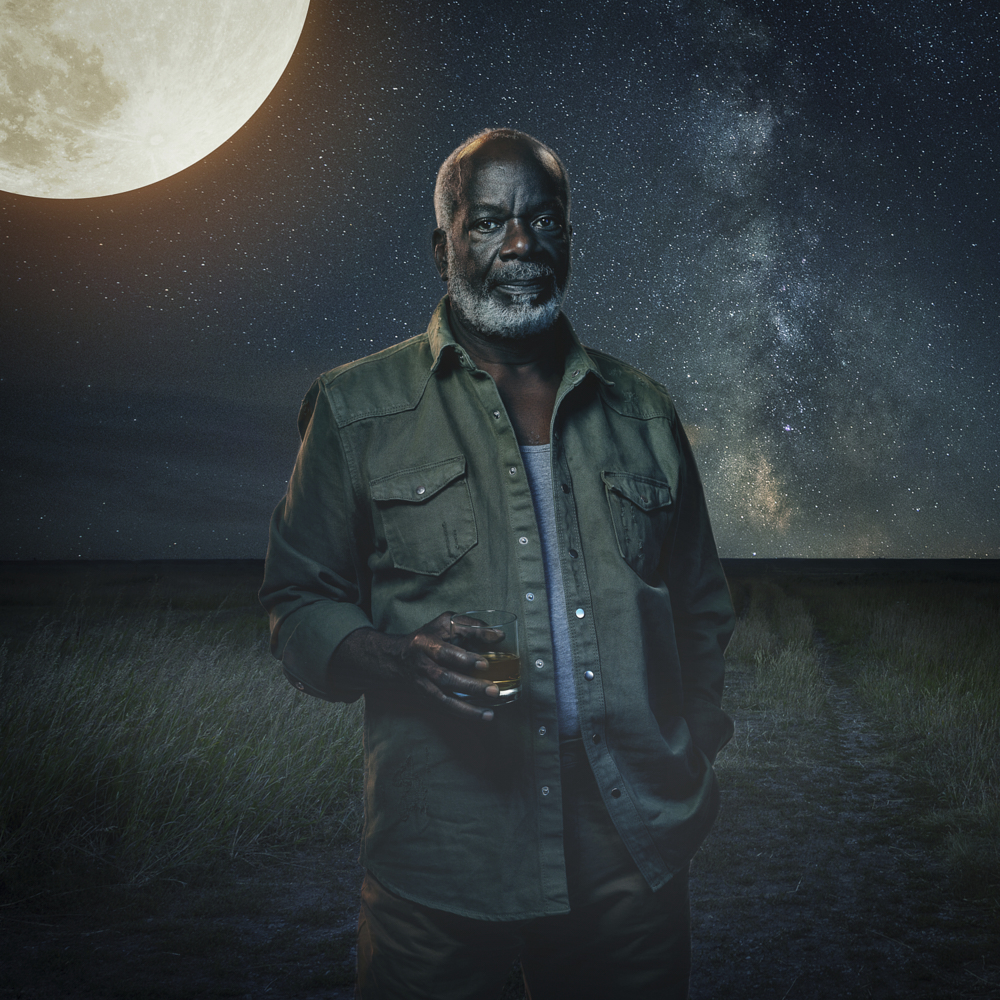
What keeps you passionate, and developing as a photographer?
I’m pretty restless, so as soon as I’ve done something once, or to a level where it feels like I’ve achieved the idea or effect I had in mind, I want to try something new. I have to remind myself there’s another sort of nuanced creative reward to be found in repetition…
The range of briefs in my bit of the industry, and their contrasting creative, lighting or logistical demands keep me on my toes too. Recently, I had to learn to ice climb for a shoot, light with flash and shoot it in under an hour while dangling from rope 40 feet up, at minus 5 degrees. Then the following day I was wrangling three child models under 13 for a location shoot, using sly humour for a comedian’s album cover. If there is an end to developing through commercial work, I haven’t hit it quite yet!
There’s definitely a dialogue between commercial and personal work – the interests you pursue for yourself seem to open up commercial opportunities, which in turn inform what you want to shoot personally. In July, I shot a portrait project about Natural Hair, with the aim of creating lighting states to suit darker skin tones. Two weeks later a commission came in to shoot three Black British actors for “Our Lady of Kibeho,” a play about the Virgin Mary appearing to Rwandan schoolgirls. No-one had seen the personal work – it was pure coincidence – but one spoke to the other creatively, so that a paid commission ended up being as satisfying as the project I’d spent nearly a year on.
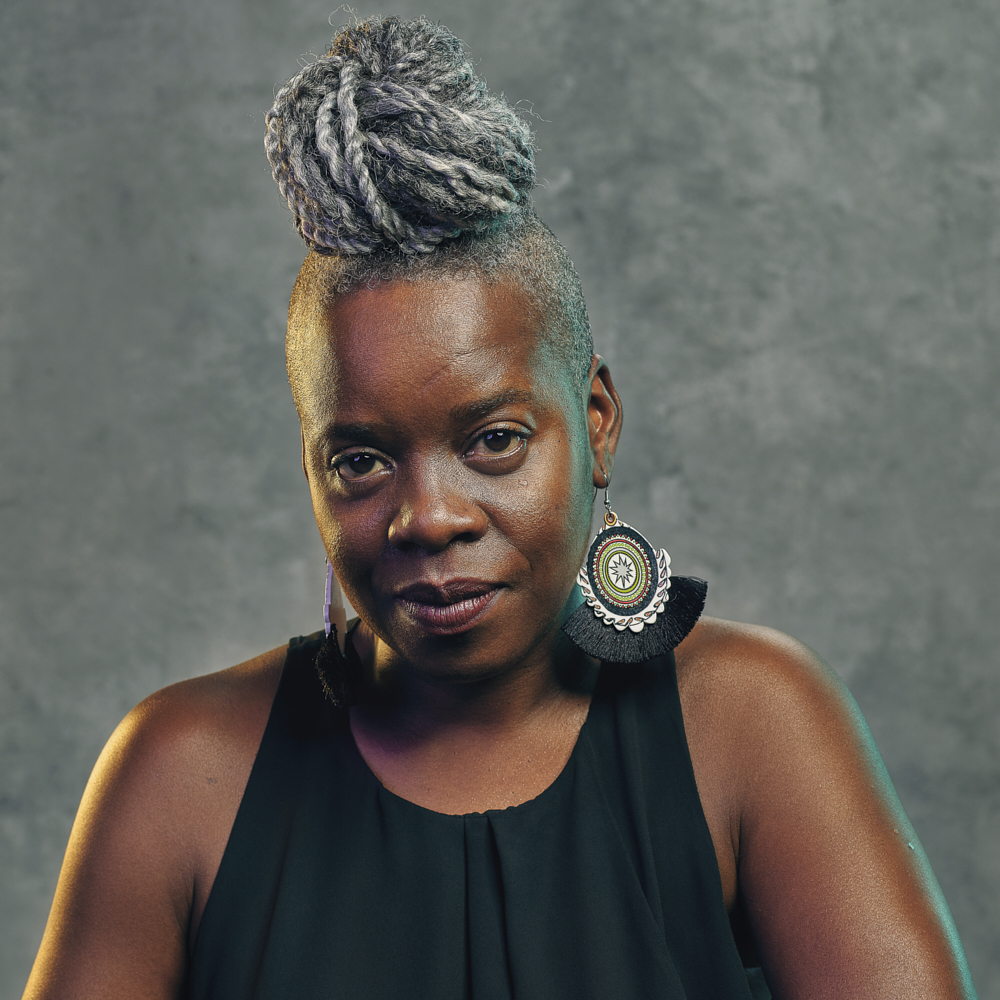
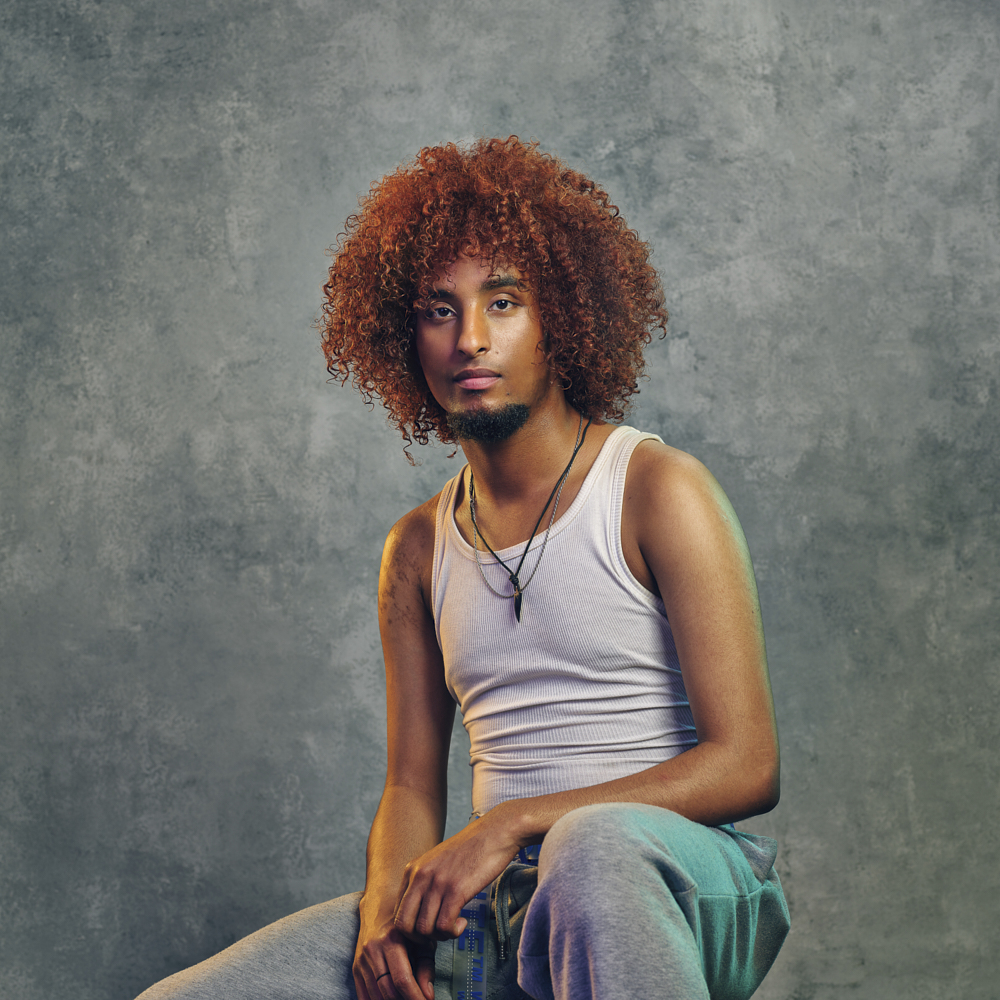
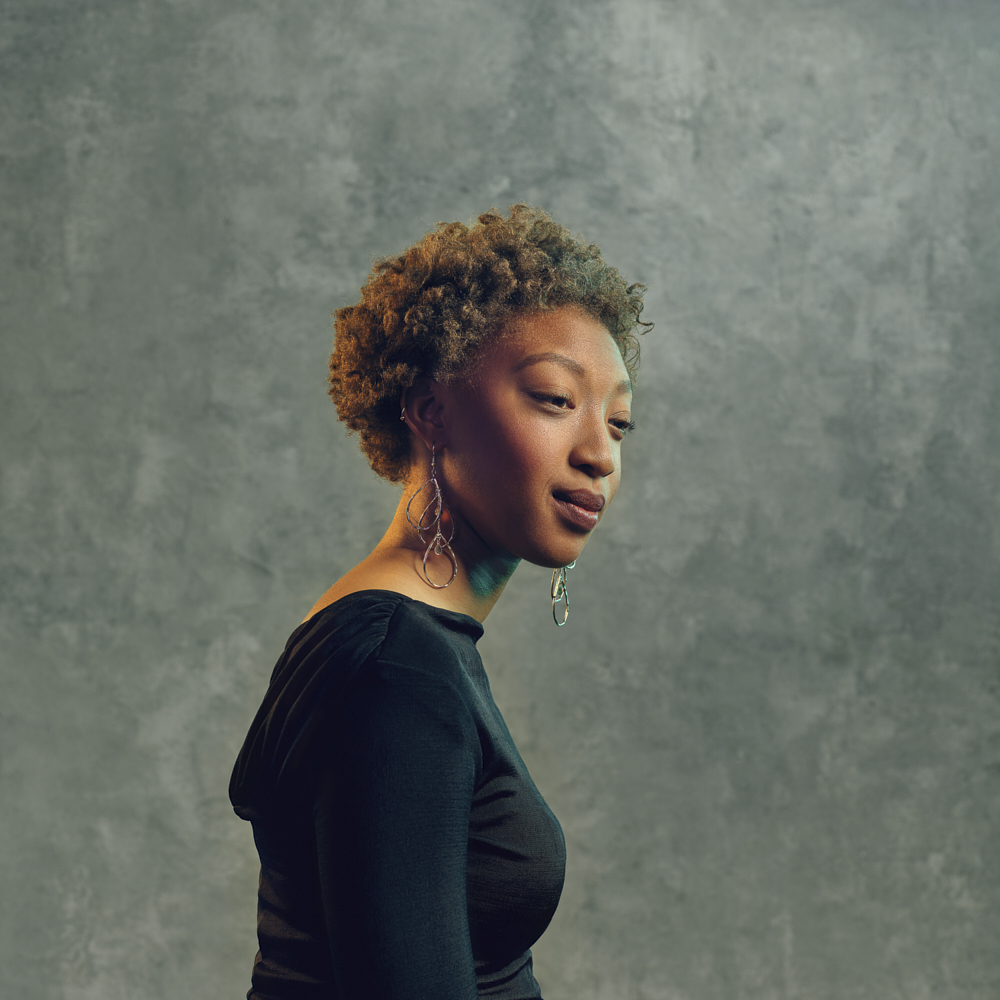
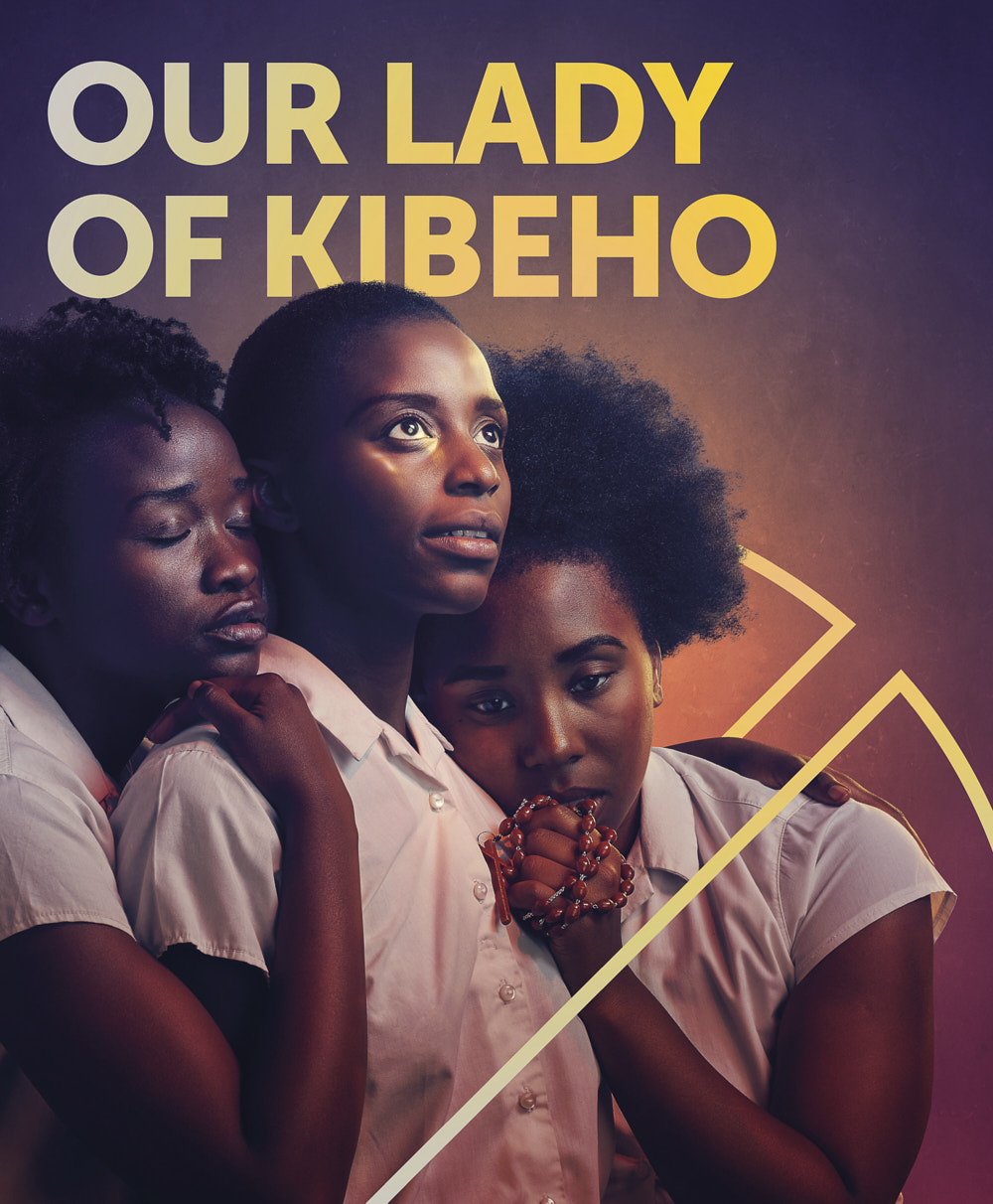
You shoot both in the studio and on location – what’s your preferred environment to create work in?
I love the detail and precision of the studio, and the control you have in an environment you know or can easily and quickly mould to your needs. But in the last few years as my lighting skills have got a bit better, I’ve enjoyed being on location more with flash – using those skills to react to, incorporate or overpower available light. I don’t do a lot of stills for film and TV, but when I do, I’m always fascinated by the way the Gaffer and DOP work together to light scenes for moving imagery – mixing continuous light with the ambient, bending and bouncing it, scrapping for every wisp of what’s available. So, on-location experience comes back into the studio, and I often plan strobe lighting states thinking about how light falls on faces and bodies in the real world.
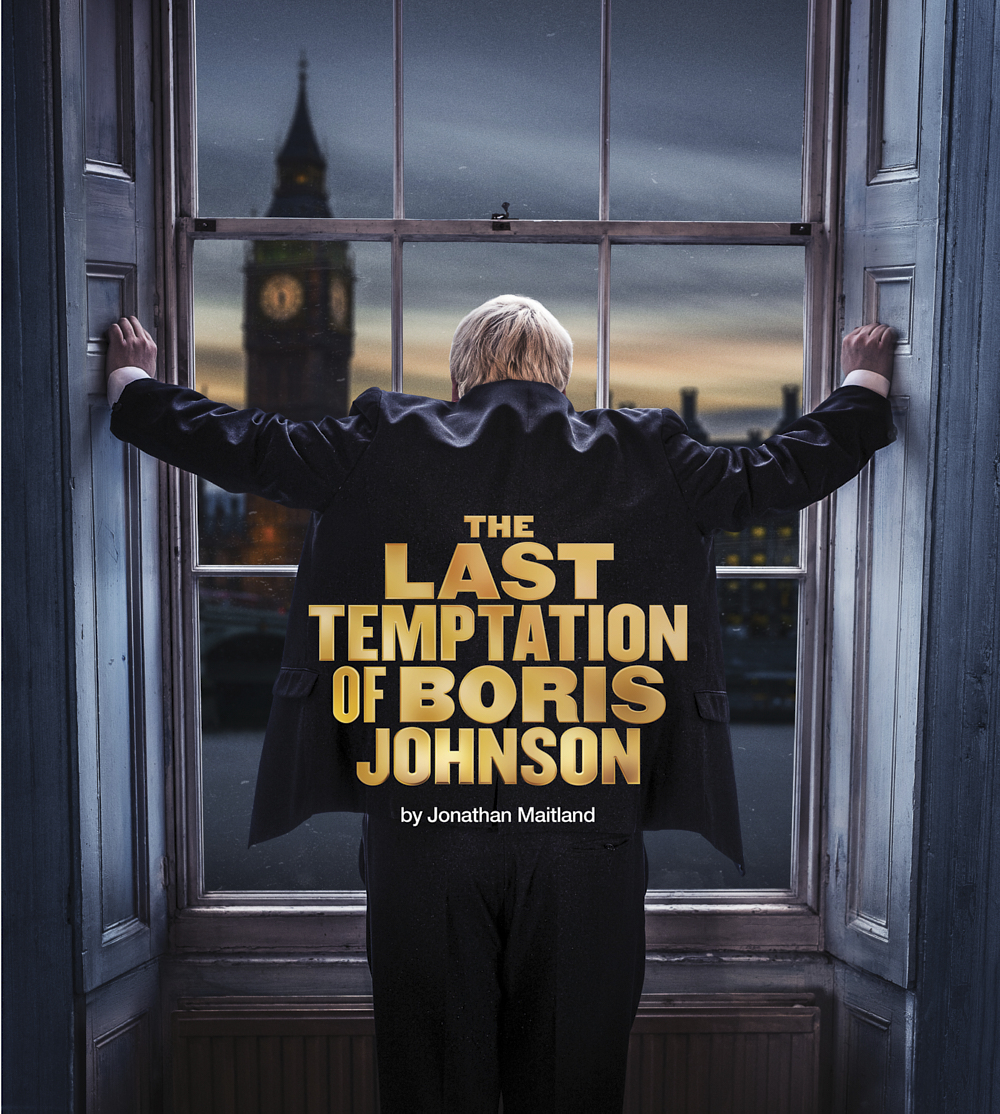
What’s in your camera bag?
In the last year I invested in the beauteous Phase One XF IQ4 150MP camera system, with 80mm, 55mm and 150mm lenses. It’s such a beautiful piece of kit, and though we’ve only been together months, it’s already making me shoot more carefully and thoughtfully.
I’ve always run a Canon DSLR system, so at the moment it’s the 5d Mark IV with a bunch of lenses. I still use that for some location stuff or on jobs with really fast movement, where the DSLR sports autofocus is helpful. For stills jobs, where you are creeping about on set trying to be invisible, I’ll hire something that has silent shutter like the Sony A7 r III – I really got the hang of them on a job last year and they do produce some beautiful files.
I also have a Leica M6 to shoot film. I develop and print from that as much as I can. I like the discipline and the freedom from on-screen editing!
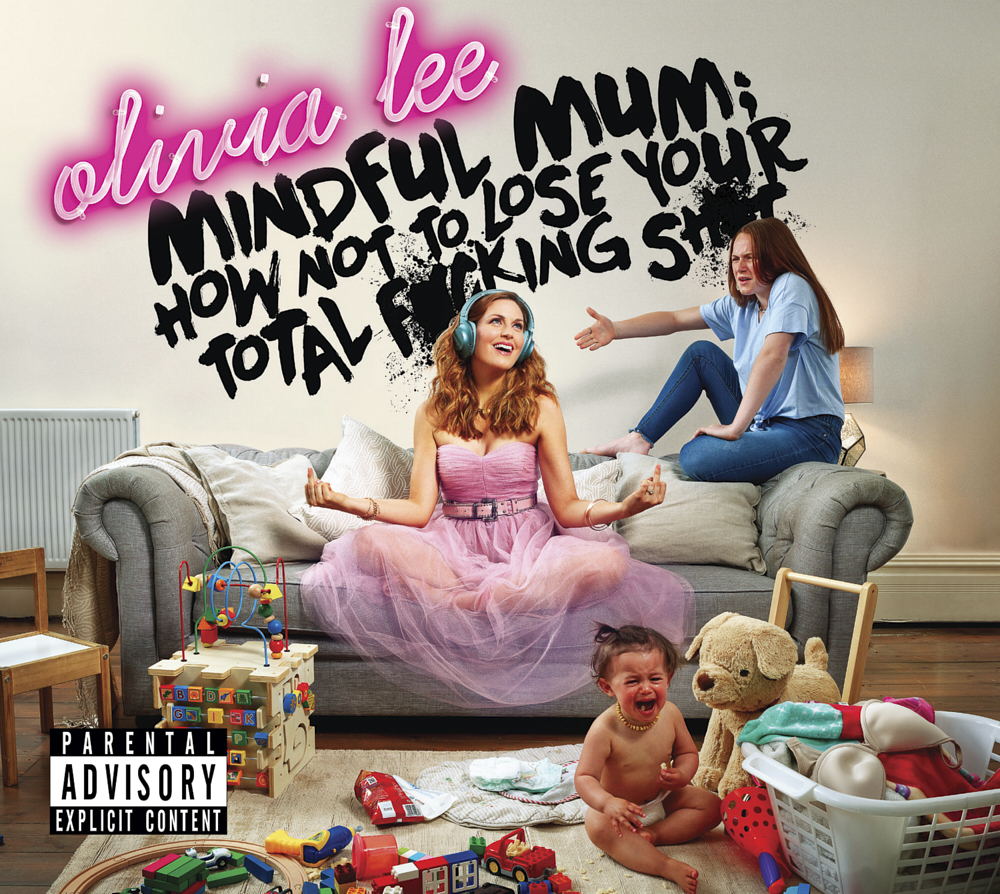
What was it that made you buy in to the Phase One system?
I’d always wanted to go medium format, but had felt it was out of reach. This year, I realised I wanted to work with the very best equipment I could, at a point in my career when I’m striving to improve and able to grow with the camera, rather than have it as a reward in old age. Therefore I tested Hasselblad and a number of Phase One digital backs (thanks Teamwork!), and on balance preferred them. It felt like Phase One were very committed to maintaining and meaningfully improving the XF system with firmware upgrades, which seemed important when making such a substantial investment. Coupled with the sophistication of Capture One, it seemed the obvious choice. Despite the substantial investment required, 5 year warranties on the body, camera and lenses did put my mind at ease.
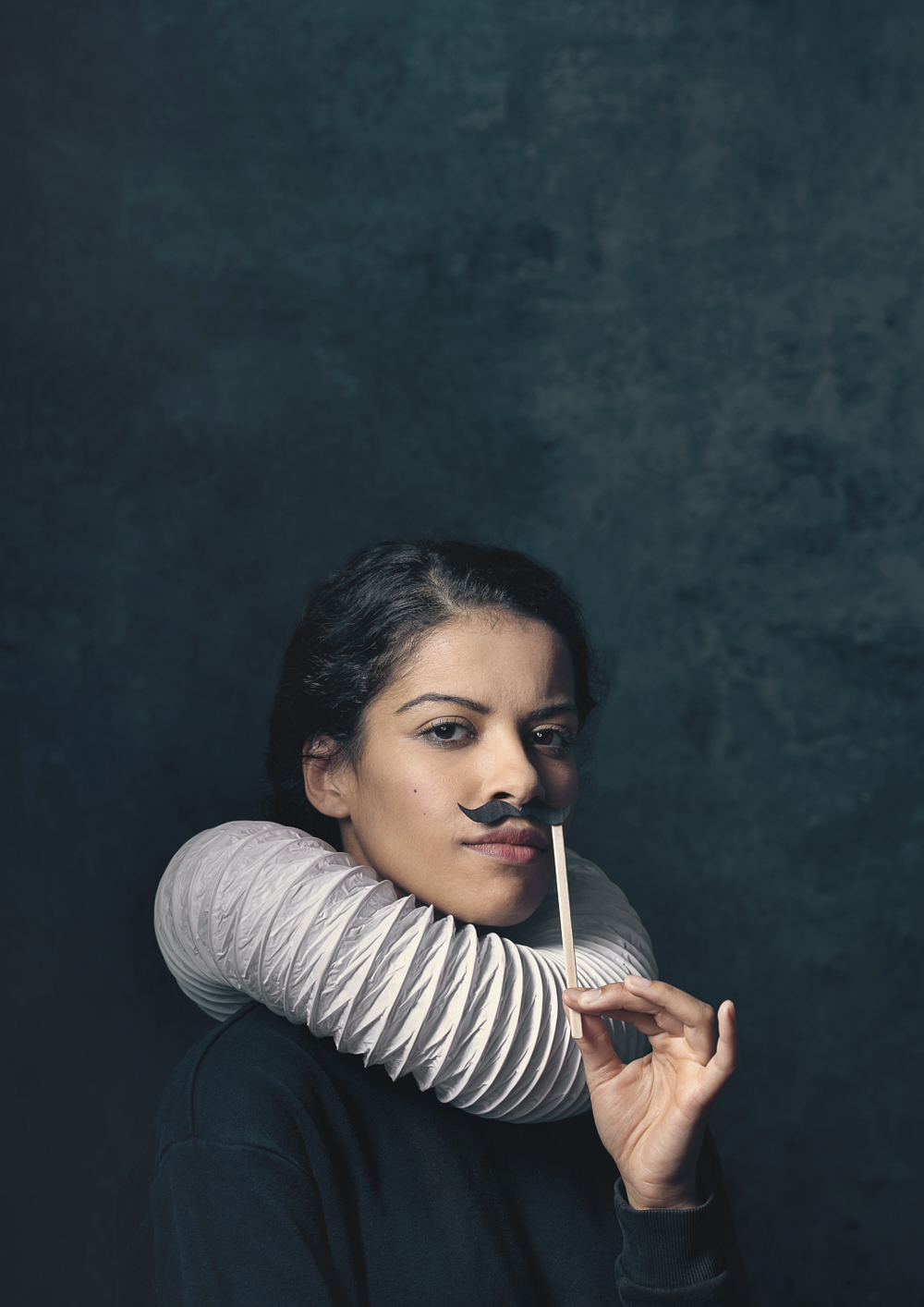
Importantly, has it benefitted your work?
Yes! Once I’d mastered the focus system and got used to the sheer weight, the speed of shooting has been a revelation, and it’s really changed the rhythm of shooting. It means fewer shots, more carefully taken, with lots of time to envision the image before you take it, or refine what you’ve just got.
The pure detail of the sensor is incredible – at that very basic level I’d really begun to become frustrated by the limitations of a 35mm sensor, so the seemingly endless depth from the XF IQ4 150MP system make for detail-rich images to die for. Then there’s the richness, the sensitivity and the acuity of colour capture; all that bit depth of colour, dynamic range and tone makes for beautiful images and amazing flexibility in shooting and editing. The files are a true delight to work with and seem to get you close to the feeling of film.
Of course, there is the medium format ‘feel’ that everyone talks about – shots just feel classy and rich. I shoot on film with a Leica M6 for myself, and despite being so different, it’s comparable in the way the camera produces images with their own innate vibe, rather than cold digital files.
Of course, at the end of the day it is only another one of many cameras you could use to get the shot – it doesn’t replace a photographer’s vision or creativity – but in the last six months it’s definitely enhanced and extended mine.
Is there anything you and your clients get from full frame medium format that you weren’t getting previously?
Most simply: flexibility. Especially on time-pressured jobs like on-set specials, where you might have 8 minutes with an actor between takes, and a shot list from the client as long as your arm, the freedom to shoot full length and know you can crop whatever you want and it will still blow up billboard sized is a dream.
In an era when everyone on set will show you what they shoot on their DSLRs or mirrorless at the weekends, there’s also the status of working with the best equipment available. Lots of clients probably don’t really know quite what medium format is, but at a simple level the Phase One XF looks like it means serious business. The shutter sounds a bit like a tank firing a 155mm round, so they know a photo has been taken! And even someone who cares not a jot for tech details understands that 150MP is a lot…
More than this, clients definitely understand and respond to the detail, the colour and the feel of the files in shoot, and they know the images look great in print or on screen. The design teams and retouchers I work with love the richness and flexibility of the files – I hear that a lot. And for me, when I see a billboard on the underground or wherever, I know one of the reasons it looks as good as it does is the full frame medium format sensor it was taken on.
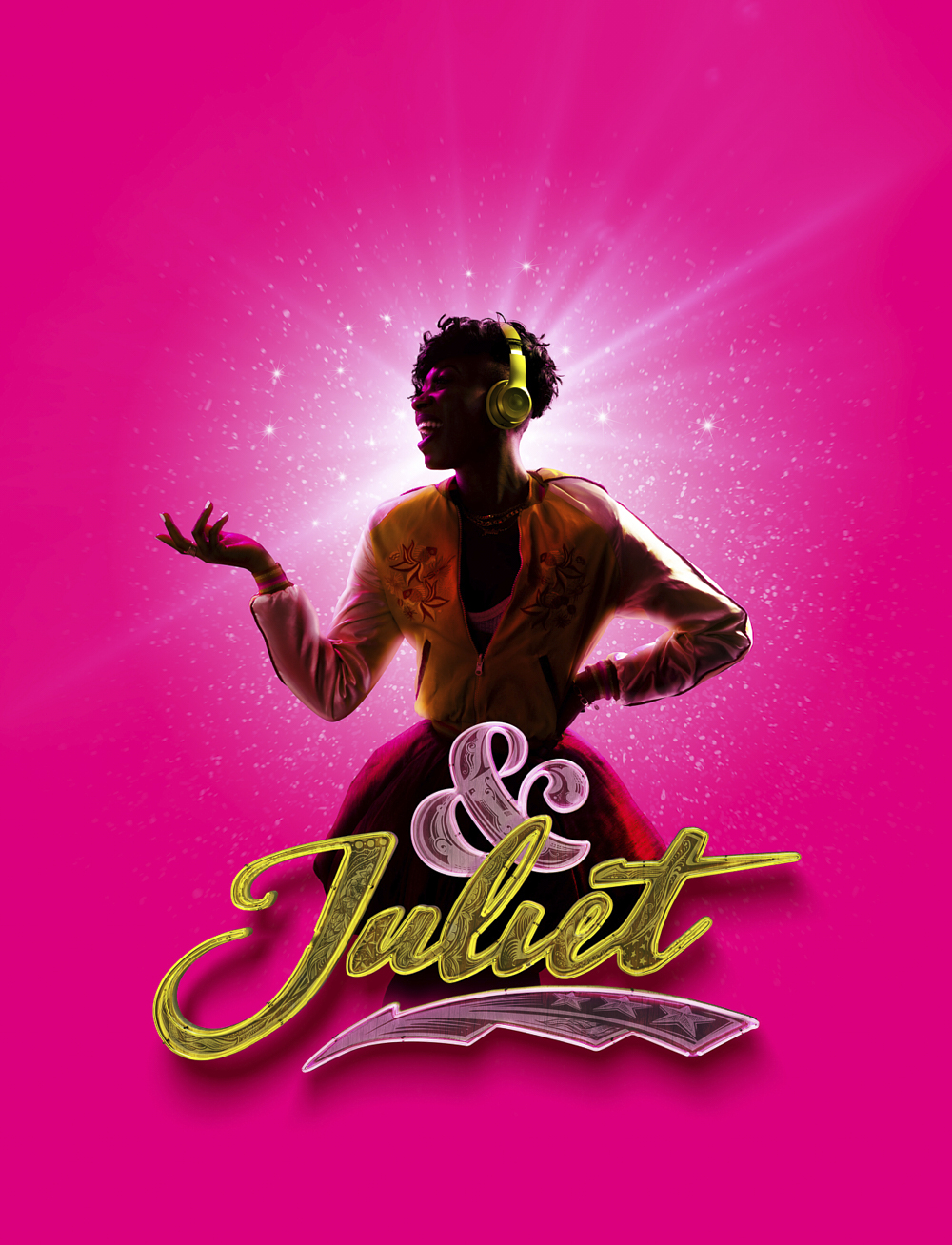
Do you have any exciting projects in the pipeline, Michael?
I’m carrying on with my Natural Hair Project and getting going with a series of story-based location images that have the working title Car Stories. Above the monitor in the studio, I have written: “Personal work gets most reward” but it’s still the thing I struggle to get to in an average working month. So, here’s to more of it! If I write it here, I have to do it.
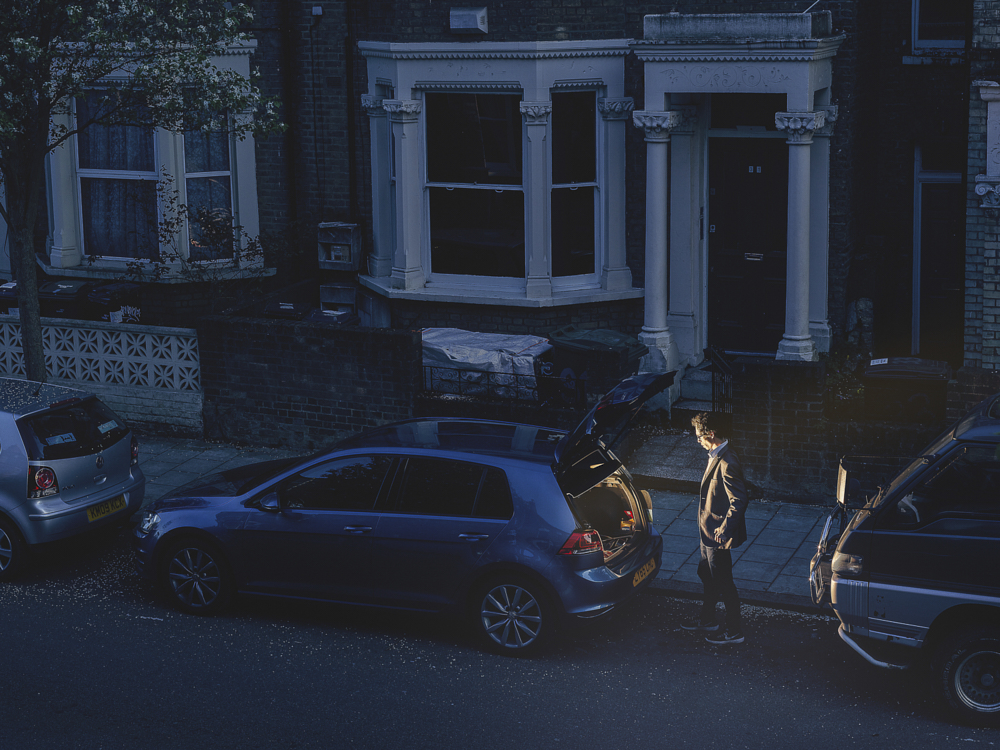
To see more of Michael’s portfolio, visit www.michaelwharley.com and follow him on Instagram @michaelwharley.
If you’re interested in Phase One camera systems, click here to find out what the Teamwork Digital Advantage could do for you.

